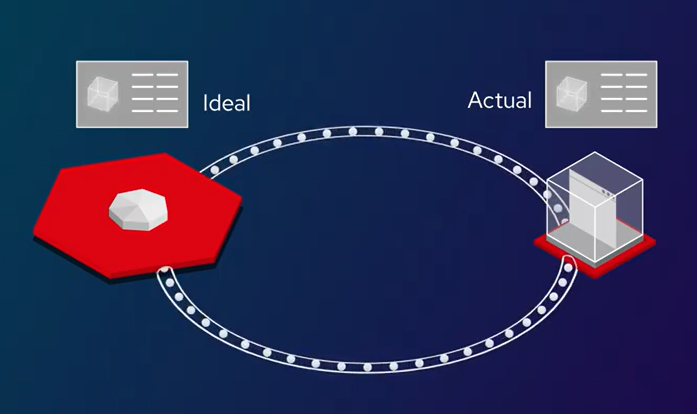Technical resources
Migrating from Red Hat OpenShift 3 to 4 -- Part 1
If you have customers who are still running on Red Hat OpenShift 3, they will no longer have the support they need if they run into issues. This post is the first in a series of blogs that will go into greater detail on how your customers can migrate to Red Hat OpenShift 4 and get help if needed.
It is imperative that your customers make the shift to Red Hat OpenShift 4 to not only gain the benefits and features of the newer version, but also to have the support they need. Red Hat OpenShift 3 is now 10+ releases behind the latest release of Kubernetes. If you have customers who meet the criteria for migration, now is the time to change.
Why migrate?
The key takeaway you should note for any of your customers still working with the older version is that migrating to Red Hat OpenShift 4 will enhance their overall experience with the product. Some of the key reasons for migrating include:
- Improved service delivery
- New management and data capabilities
- Provisioning new container clusters in days, rather than months
- Easier and faster cluster management and security with automated updates that free staff to focus on more valuable projects
- Avoiding any extended maintenance windows or unplanned downtime (by continuing to using Openshift 3)
As of the June 30, 2022 end of maintenance support for Red Hat OpenShift 3, customers no longer have access to:
- Qualified security patches of Critical or Important severity
- Mission-critical bug-fix patches
- New software certifications or enhancements
The Migration Journey
The outlined steps in the image below provide you with a simple and deliberate migration path that will guide a smooth transition to Red Hat OpenShift 4. Additionally, Red Hat provides resources, training, tools and services to assist with the migration journey so your customers will not be doing this on their own.

Next Steps
We have provided an assessment tool to help your customers determine migration readiness. That, in addition to working with a Red Hat account manager and getting technical support, will get your customers on their way to innovation without limitation.
As a core part of your customer’s IT environment, migrating to Red Hat OpenShift 4 and taking advantage of the latest advancements in the platform is not only critical at this point but also necessary to see the drastic and immediate improvements this migration will offer. If you have customers still using Red Hat OpenShift 3, please direct them to this form to begin assessing and preparing for this crucial migration.

